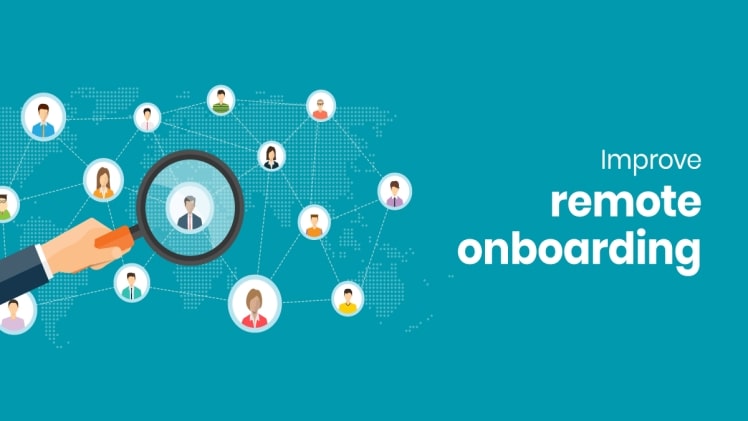When the best job candidates are hired, HR professionals’ work isn’t done as many believe it to be. Next comes the onboarding process.
It’s critical to do the onboarding process right since it sets the tone for the rest of the employee’s tenure with you. To transform a scared new hire into an integrated and productive team member, an efficient onboarding program is required. The best programs necessitate a great deal of thought and planning.
Putting your best foot forward will probably pay dividends. Employers can enhance retention rates by obtaining early buy-in from new staff. According to research conducted by Click Boarding, an onboarding software provider, “69% of the employees are much more inclined to stay in the organisation for three years if they had an excellent onboarding experience.”
So, how can you make your employee onboarding process as smooth and successful as possible? Let’s find out the answer below.
1. Begin before Day 1
When you extend an offer of employment to a person, you begin onboarding them. So before they start working on their first day, engage and educate your new hires. Expectations and the tone of your relationships are set through clear and prompt communication. It also starts to lay the groundwork for your workplace’s etiquette regulations.
The strongest onboarding programs begin interacting with new hires as soon as they accept an offer. Hiring managers and prospective co-workers, for example, should reach out to new hires to express their delight at their decision to join the organisation. This strategy reinforces the idea that “everyone” thinks the new hire is a perfect match.
2. Make the Onboarding Paperwork as clear as possible.
All of the documentation that organisations and HR professionals use to make a job offer, intake new staff, and process their onboarding is included in the onboarding paperwork. These contracts address a variety of topics related to employment, such as a new hire’s pay, perks, job description, and agreement to such terms. In addition, government forms that establish a legal record of a new hire’s employment may be included in new hire documentation.
You should always be clear in providing all of the information about the documentation that a new hire needs so that they do not feel tricked in any manner.
3. Create a cross-functional onboarding team.
HR is familiar with compliance; management is familiar with performance standards; employees are familiar with the day-to-day, and IT is familiar with getting equipment up and operating. Putting together a small team with representatives from each of these departments ensures that you’ve covered all of the new hire-related topics before they even walk through the front door.
It’s also a good idea to assign a buddy or mentor who works in the same department as your new hire. According to Gartner data, 74% of new hires believe that their peers are the most beneficial source of support during onboarding. The new recruit is assigned a point of contact to whom they can direct any questions or concerns.
4. Allow new hires to provide input on their own.
New hires bring a fresh perspective to the table. They will be more willing to provide answers to problems you may not even be aware of if you leave channels for honest input accessible. Don’t be hesitant to ask new hires what they like and dislike about their jobs thus far, perhaps via an anonymous survey.
New hires will feel heard if you implement their suggestions, and you will have made improvements as a result. That’s a win-win situation.
5. Reward early and often by clarifying expectations.
Regardless of what the job description says, it’s a good idea to have a face-to-face meeting with your new hire early on to confirm your expectations. Ascertain that they have a thorough awareness of their responsibilities and tasks. It will give them a better chance to exceed your expectations.
There is a solid link between recognition, reward, and a significant decrease in turnover. As the frequency of recognition increases, employee turnover reduces. When comparing those who receive a very infrequent acknowledgment to those who receive much more frequent recognition, there is a 10% reduction in turnover.
Conclusion
These pointers will assist you in developing an effective new-hire onboarding program. Employees are on the lookout for opportunities to work for companies that are willing to invest in them. A good onboarding program demonstrates to new hires that you care about their success.

